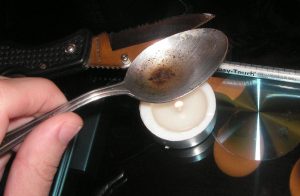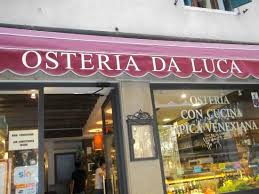Imogen Blake of the Daily Mail reports a TV botanist has revealed that a popular vegan blogger has been decorating her food with poisonous flowers in Instagram photos.
 James Wong, who regularly appears on CountryFile, said on Twitter that flowers decorating a fruity pink chia seed pudding in a viral photo were highly toxic and could cause vomiting.
James Wong, who regularly appears on CountryFile, said on Twitter that flowers decorating a fruity pink chia seed pudding in a viral photo were highly toxic and could cause vomiting.
Though he didn’t name the blogger, FEMAIL Food&Drink can reveal the photo was originally posted on Instagram by San Francisco-based cookbook author Marie Reginato, who has 74,000 followers.
Her Instagram feed reveals she has decorated several dishes with the toxic flowers, which are PaperWhite Narcissus blooms.
Marie Reginato has been blogging about her plant-based diet for about three years. It’s become so successful that she’s used it to publish a cookbook called Alternative Vegan
James Wong spotted Reignato’s image and revealed that the flowers decorating it are poisonous
Wong, who grew to prominence with his TV show How To Grow Your Own Drugs, said of the chia seed pudding photo to his 66,000 followers on Twitter: ‘Another day, another “clean eating” Instagramer posting images of toxic flowers on food.
‘It may not contain dairy or gluten *gasp* but it does contain the toxic plant alkaloid, lycorine.
‘Symptoms: Itching, swelling, (and in quantity) nausea, vomiting & convulsions.’
Wong did not reveal the type of flower on the chia seed pudding, but other botany enthusiasts identified it as flowers of the Paperwhite Narcissus plant, a member of the daffodil family.
Several of her followers have highlighted that the flowers are poisonous in comments on her photos.










